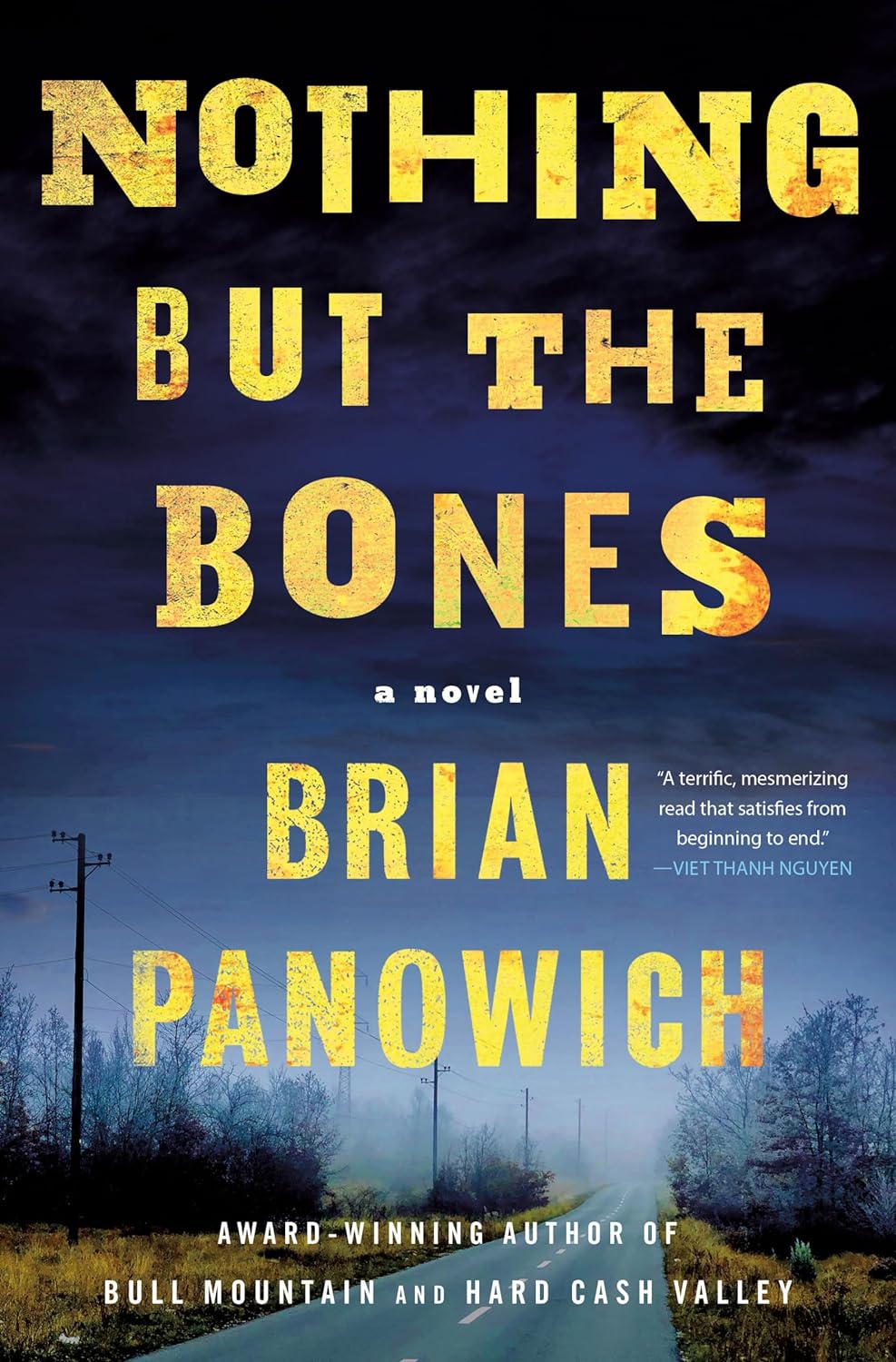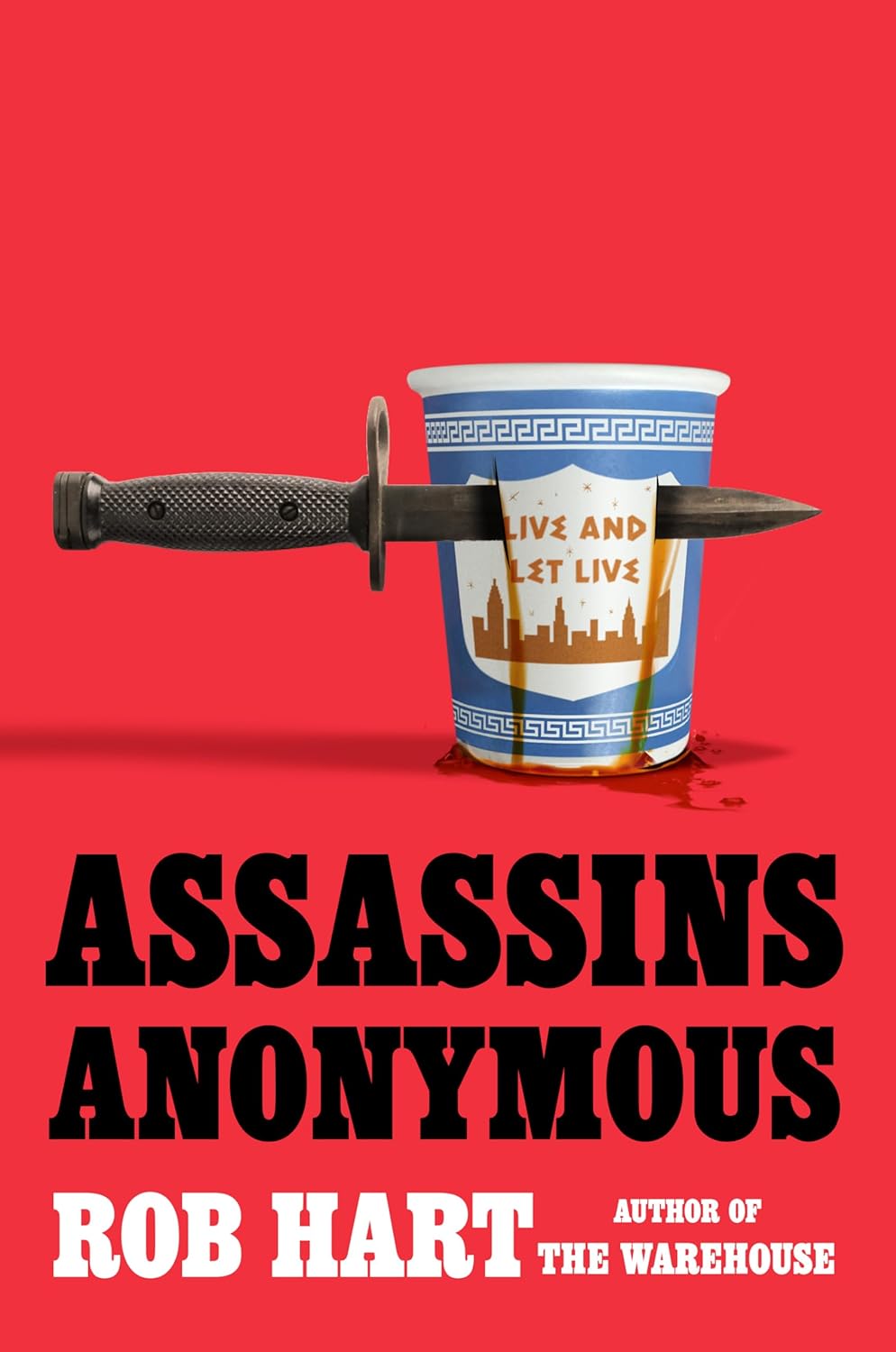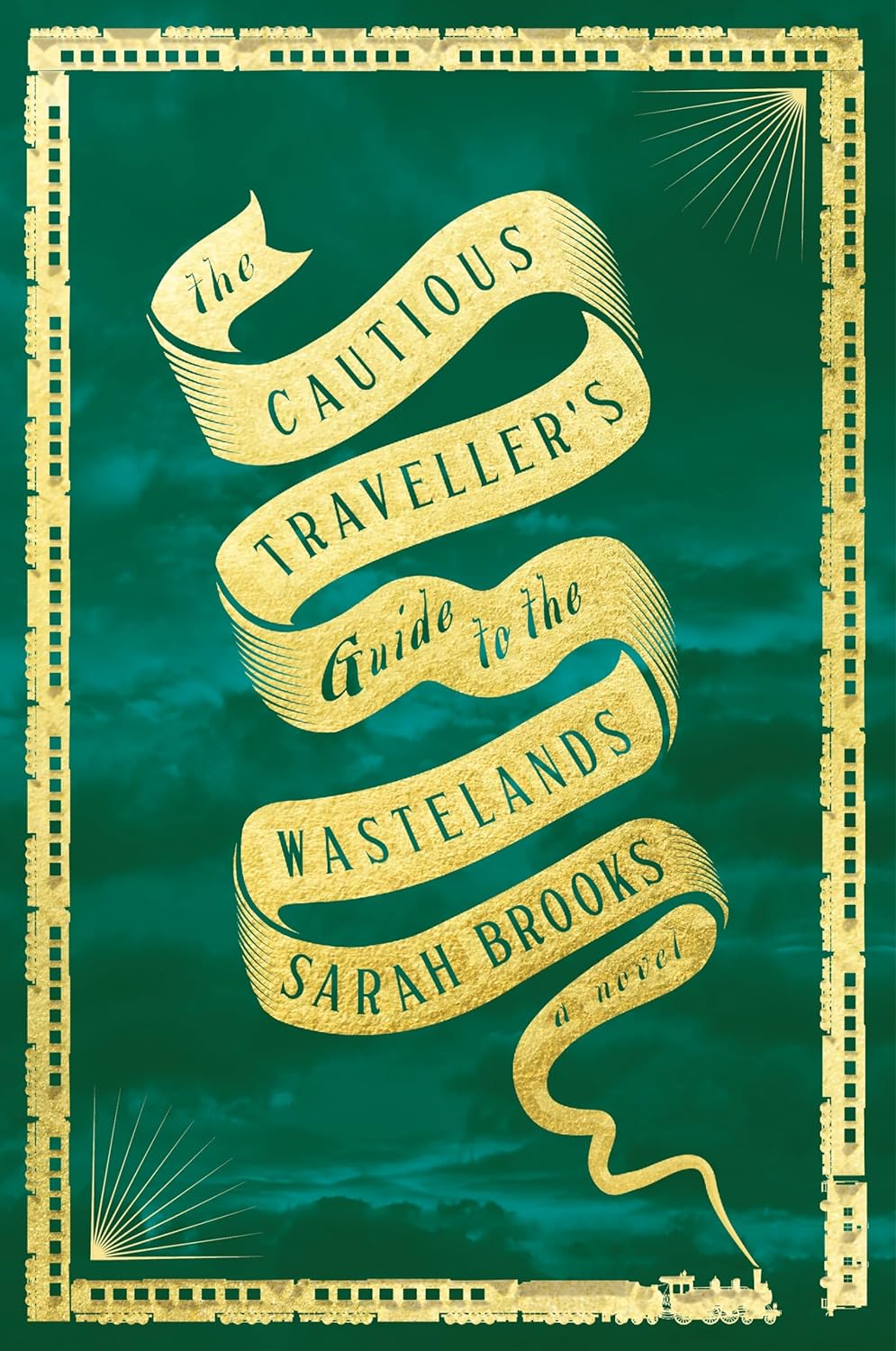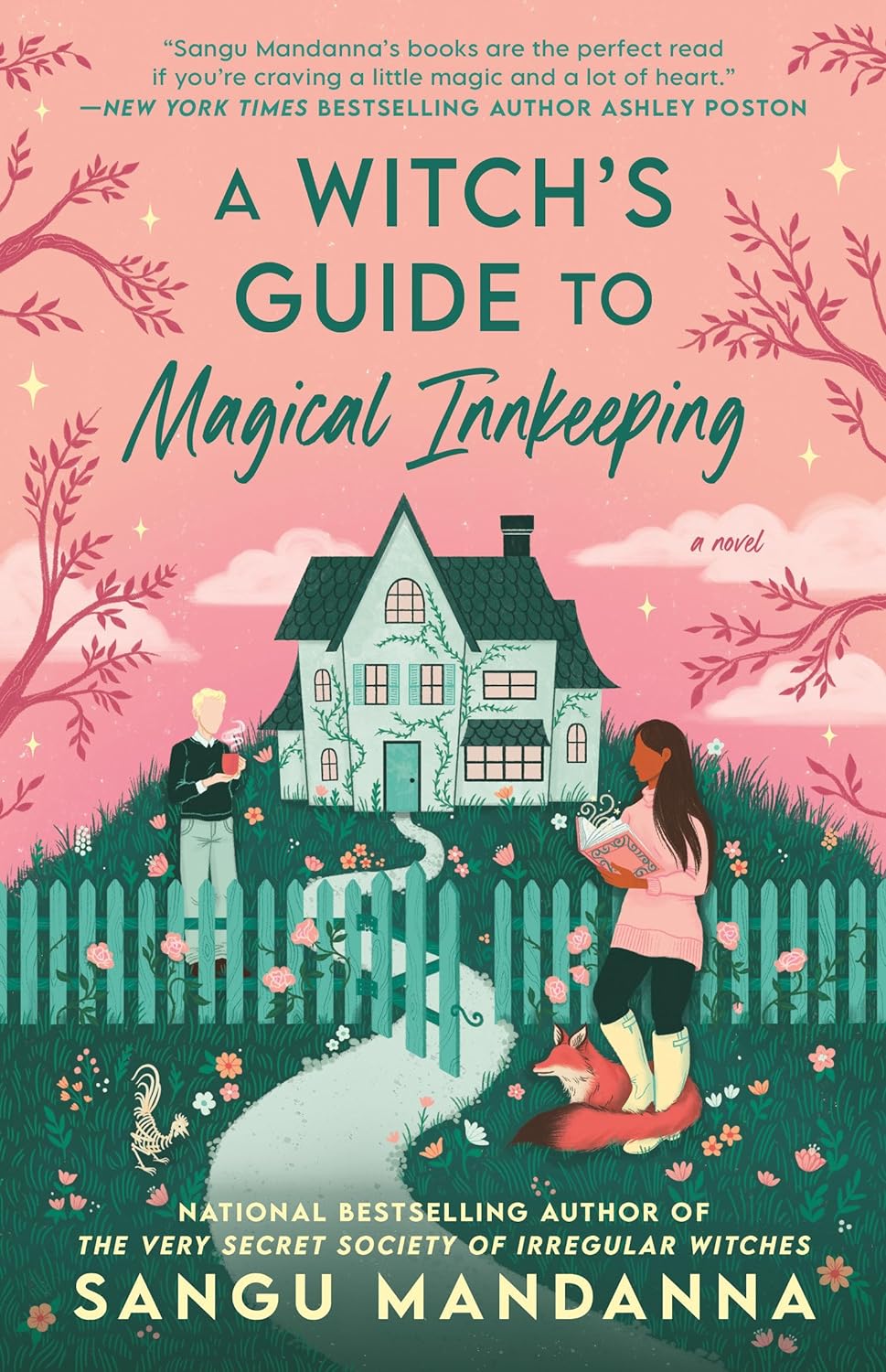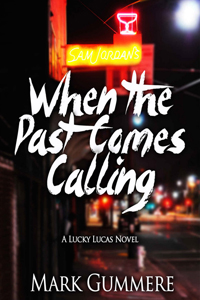
“Finding Elizabeth was a wonderful discovery! Her insights into issues of structure, language, and context were equally matched by her professionalism, timeliness, and friendliness. Her suggestions consistently improved my book, and her concern for making the manuscript the best it could be was genuine and heartfelt. I recommend Elizabeth without reservation.” — Mark Gummere
Whether your manuscript is in the early stages and you’d like significant developmental input, you’re almost ready to query and are looking for someone to do a final copyedit, or anywhere in-between, I can help. For testimonials from authors with whom I have worked, as well as more detailed information about my editing services, please click here.
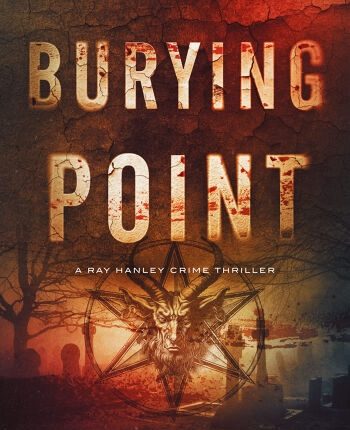
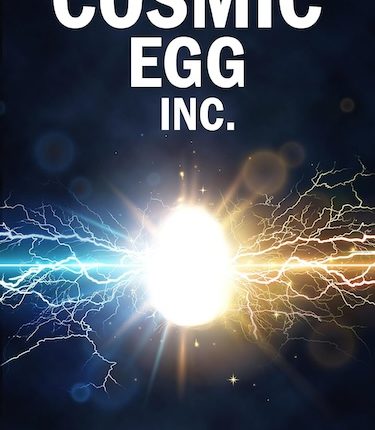
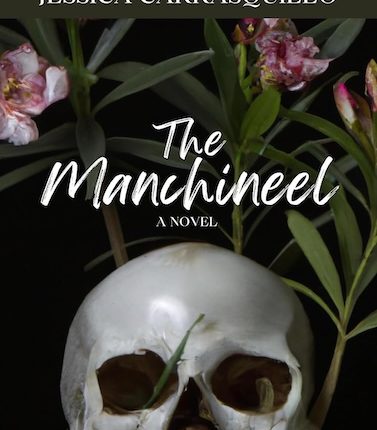
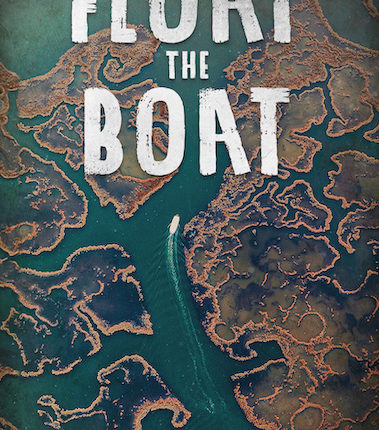
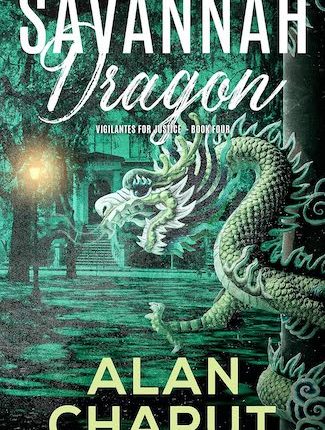
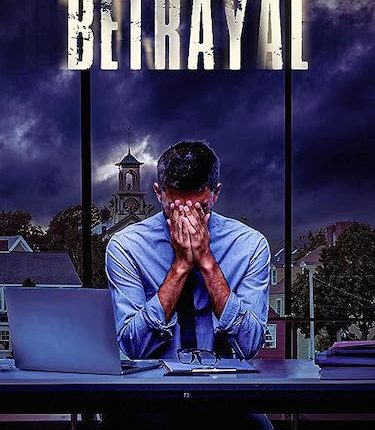
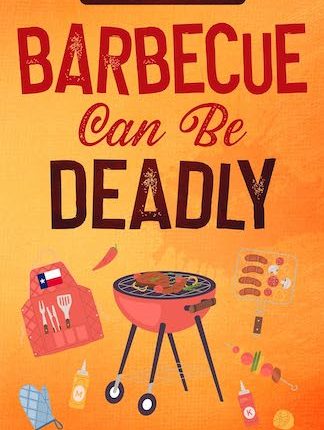
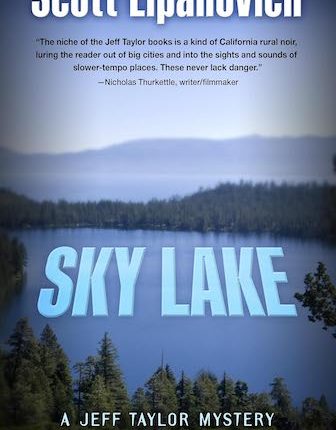
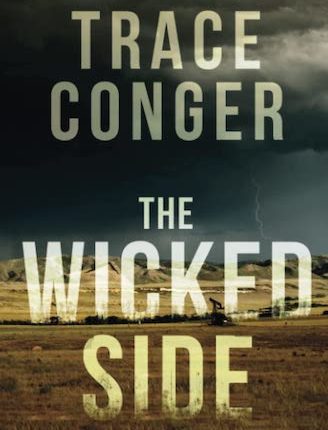
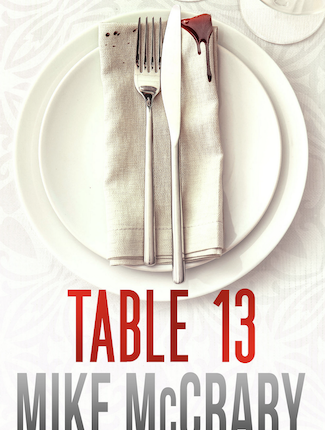
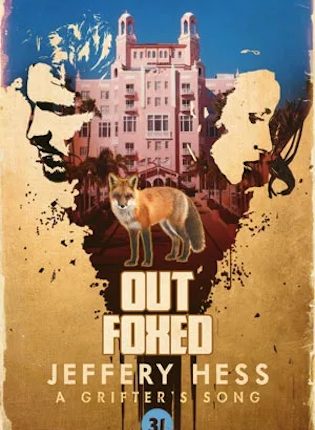
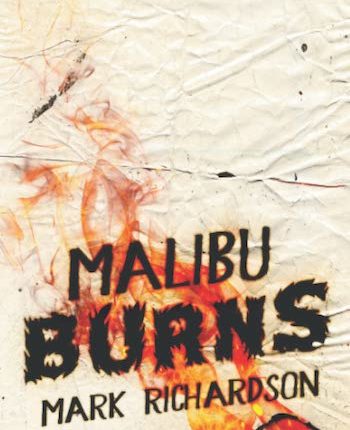
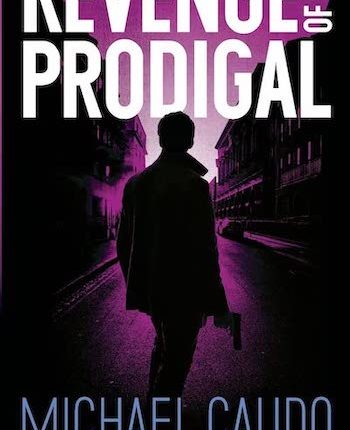

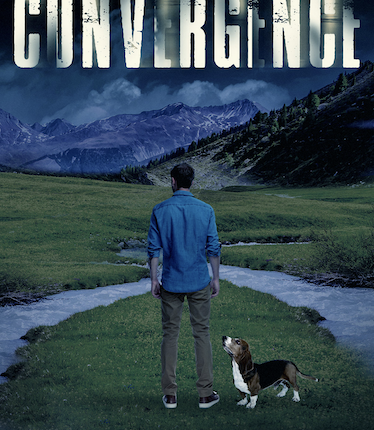
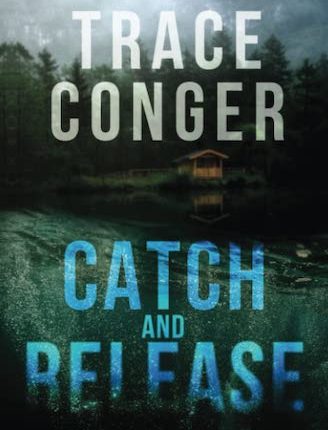
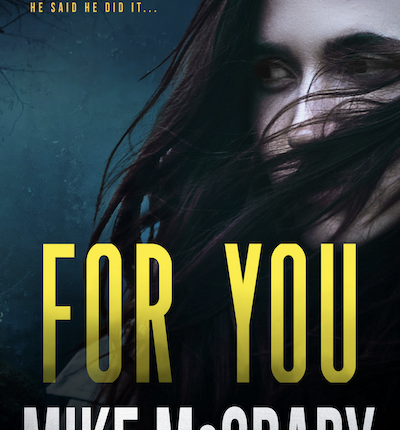
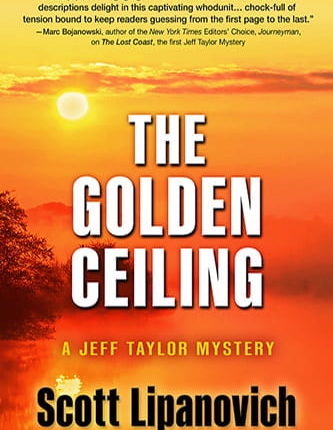
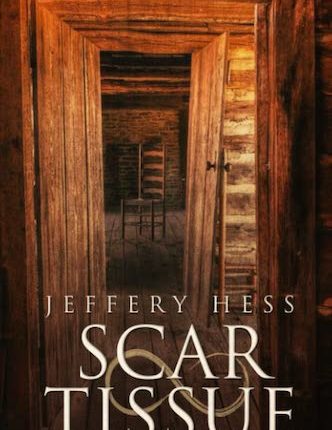
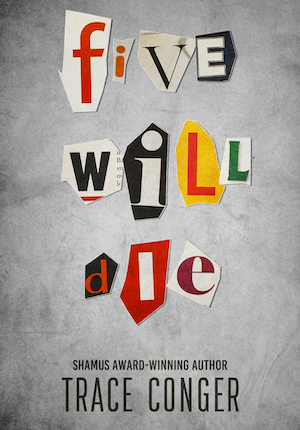
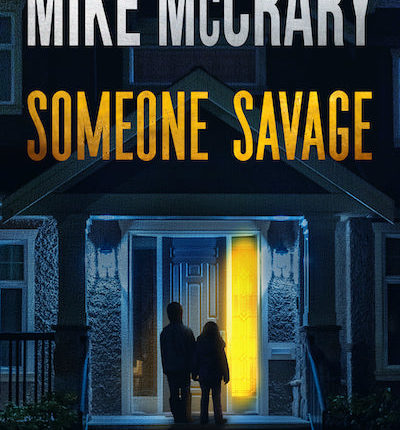
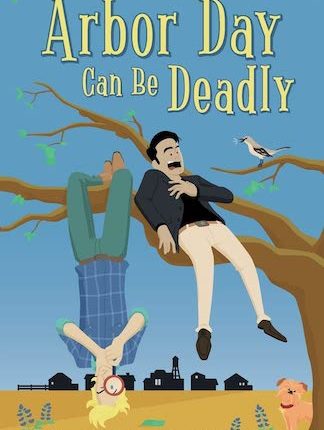
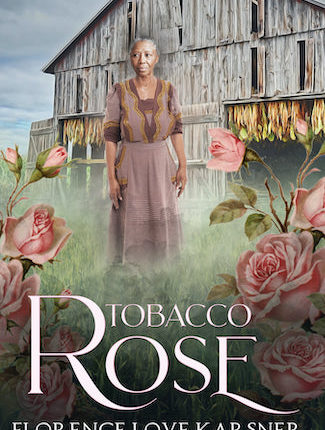
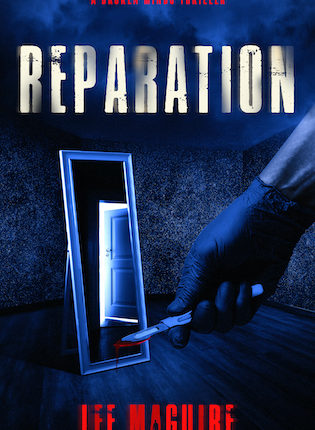
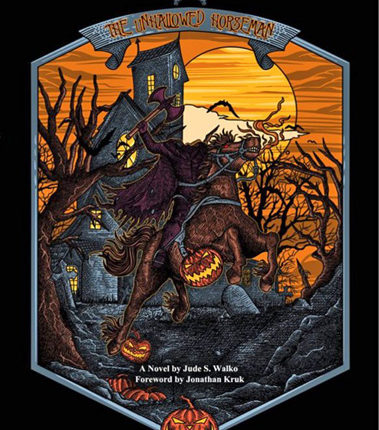
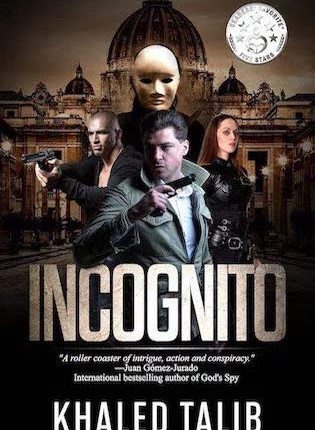
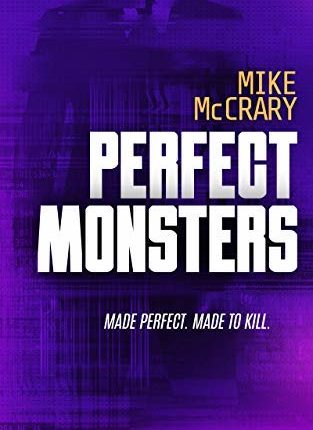
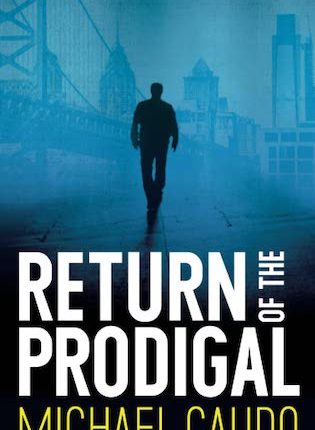
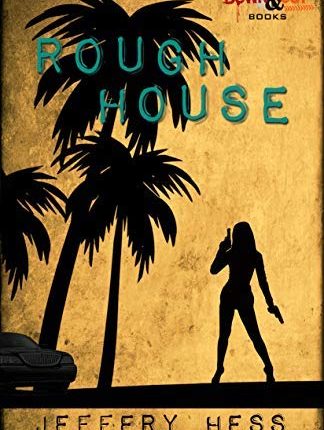

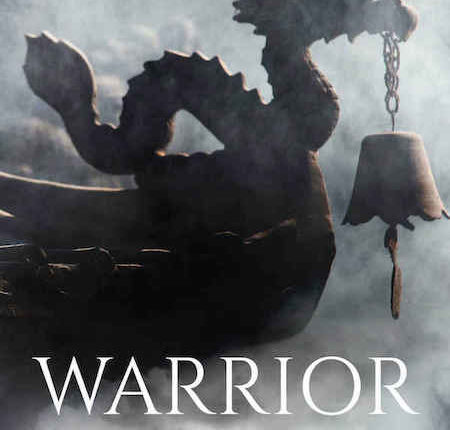
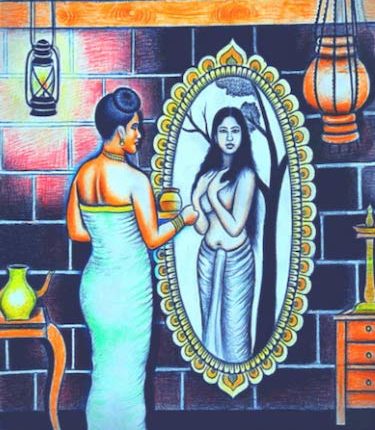
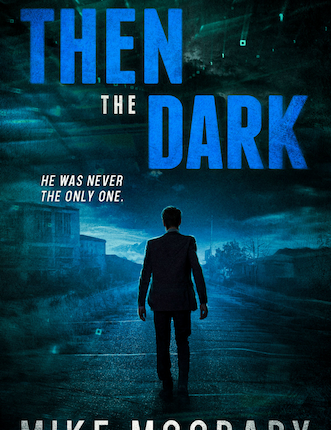
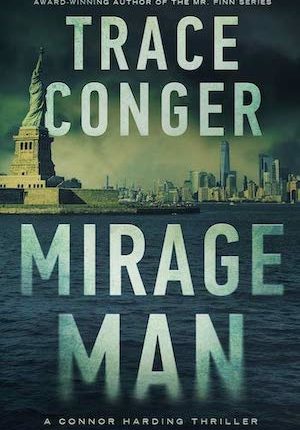
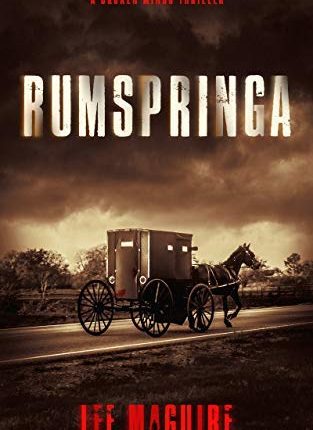
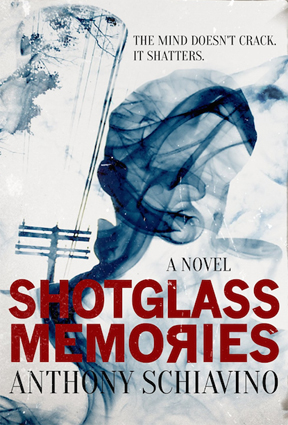 During the early days of the Cold War, a man battles combat fatigue haunted by a past of murder and romance he doesn’t remember. — Shotglass Memories
During the early days of the Cold War, a man battles combat fatigue haunted by a past of murder and romance he doesn’t remember. — Shotglass Memories
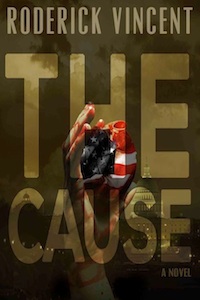
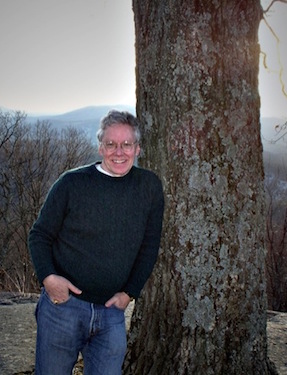 Thanks to Elizabeth for letting me guest blog. I’d like to reflect upon what sounds like a simple question – one I ask myself with every novel: just whose story is it?
Thanks to Elizabeth for letting me guest blog. I’d like to reflect upon what sounds like a simple question – one I ask myself with every novel: just whose story is it?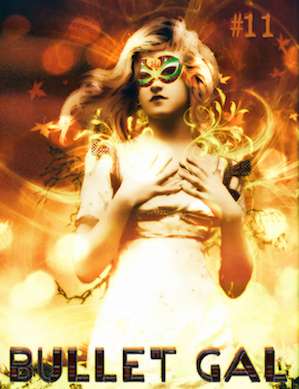
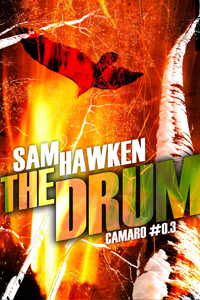
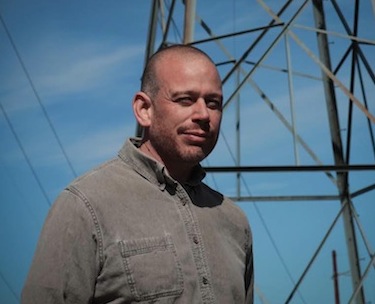 I think about the dedications to my books a lot. I probably overthink them. They’re one of those things I can’t stop thinking about once I get started.
I think about the dedications to my books a lot. I probably overthink them. They’re one of those things I can’t stop thinking about once I get started.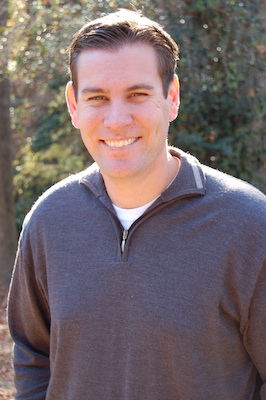 The other day, a parent of one of my students (I’m a high school English and Literature teacher) came up to me. She smiled and said, “I finished reading your book, and loved it” (this of course made me smile in return, and I thanked her for the kind words). But then her face grew serious and she asked, in the most straightforward tone I could imagine: “What happened in your childhood to make you write this?” I laughed at first, thinking it was a joke, but then stopped myself short when I realized her true concern. “Nothing,” I said. “I had a great childhood.” (And that’s true.) She smiled, said “Good,” and then shook her head. “But the book’s so dark, though. Where’d it come from?” I could only shrug my shoulders at the question.
The other day, a parent of one of my students (I’m a high school English and Literature teacher) came up to me. She smiled and said, “I finished reading your book, and loved it” (this of course made me smile in return, and I thanked her for the kind words). But then her face grew serious and she asked, in the most straightforward tone I could imagine: “What happened in your childhood to make you write this?” I laughed at first, thinking it was a joke, but then stopped myself short when I realized her true concern. “Nothing,” I said. “I had a great childhood.” (And that’s true.) She smiled, said “Good,” and then shook her head. “But the book’s so dark, though. Where’d it come from?” I could only shrug my shoulders at the question. 




